If you're a golf cart owner, you understand the importance of a fully charged cart to enjoy a smooth ride around the golf course or your community. However, it's not uncommon for golf carts, particularly those that have been used extensively or stored for long periods, to face charging issues. This blog post will guide you through the steps to diagnose and fix a golf cart that won't charge, ensuring your cart is ready to roll whenever you are.

Step 1: Check the Basics
Inspect the Charger: Before diving deeper, ensure that the problem isn't with the charger itself. Check for any visible damages to the charger and its cables. Plug the charger into a different outlet to rule out any issues with the power source.
Battery Connections: Loose or corroded connections can often be the culprit. Inspect all battery terminals for corrosion and clean them if necessary. Make sure all connections are tight and secure.
Step 2: Verify the Battery Condition
Battery Voltage: Use a multimeter to check the voltage of each battery. If you have a 36-volt cart, each battery should show around 6 volts, and for a 48-volt cart, each should show approximately 8 volts. Substantially lower readings indicate a dead or dying battery.
Battery Age: Batteries typically have a lifespan of about 5-6 years. If your batteries are older, they might need replacement, even if they show a decent voltage when tested.
Step 3: Examine the Battery Charger
Charger Functionality: Sometimes the issue might be with the charger itself. Check if the charger’s indicator light turns on when you plug it in. If the charger doesn't respond or the light doesn't change color, the charger might be defective.
Output Test: If possible, test the charger's output voltage with a multimeter to ensure it's functioning correctly. The output should match the total voltage required by the golf cart's battery bank.
Step 4: Check the Electrical Pathway
Wiring and Connections: Examine all wiring harnesses and connections between the charger and batteries. Look for any signs of wear, tear, or disconnection. Faulty wiring can prevent the charger from delivering power to the batteries.
Fuses and Breakers: Check if your cart has a blown fuse or tripped breaker. These components are designed to protect the cart’s electrical system, and a failure here could stop the charging process.
Step 5: Consult the Manual or a Professional
Manufacturer’s Manual: Refer to your golf cart’s manual for specific troubleshooting tips related to your model. Manufacturers often provide diagnostic indicators that can be helpful.
Professional Help: If after following these steps, your golf cart still refuses to charge, it might be time to seek professional help. A certified technician can provide a more thorough diagnosis and repair.
Conclusion
A golf cart that won’t charge can be frustrating, but by following these systematic steps, you can often pinpoint and resolve the issue yourself. Regular maintenance and timely replacement of batteries and other components can also prevent future charging problems, ensuring that your golf cart is always ready for use. Remember, when in doubt, consulting with a professional is the best course of action to keep your golf cart running smoothly.







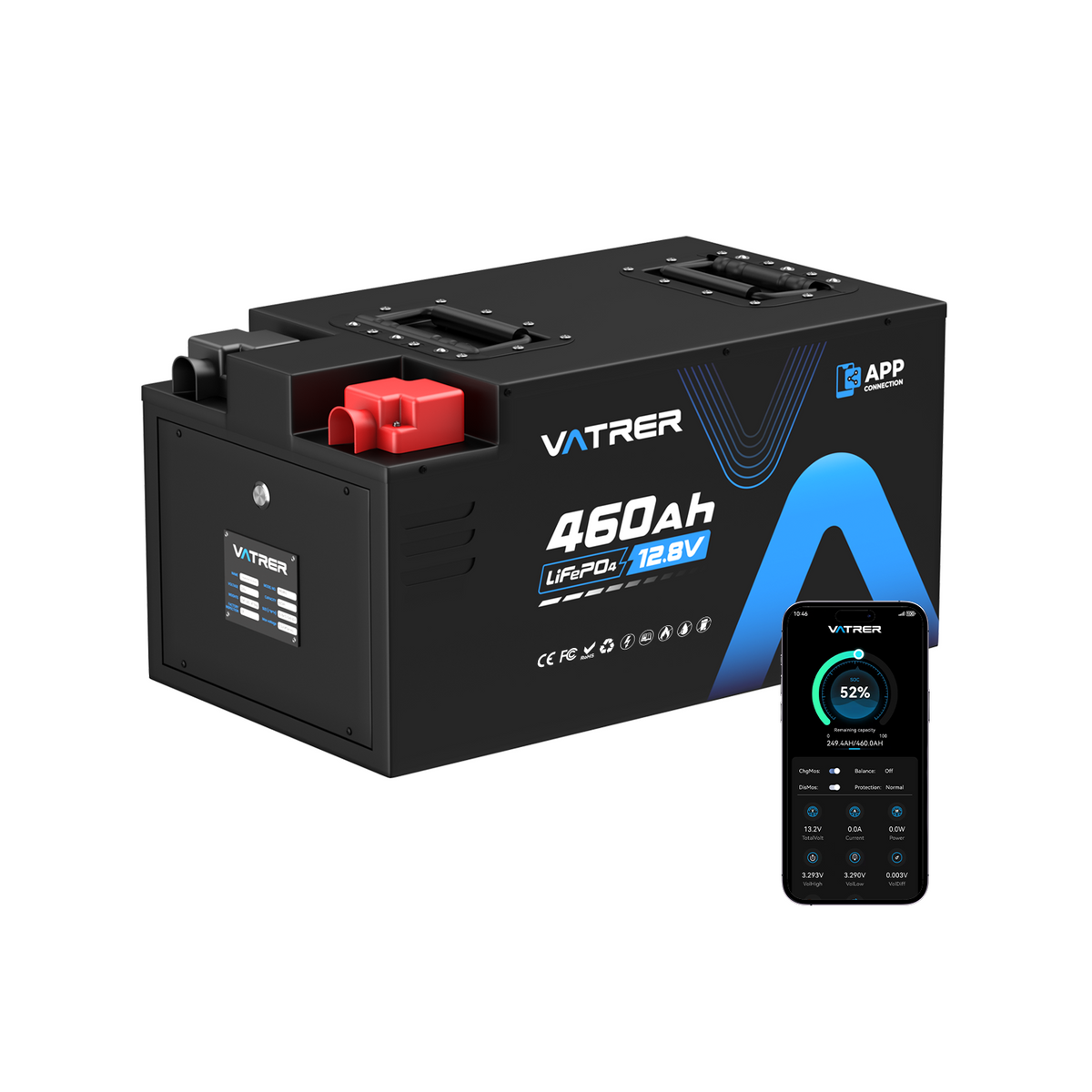
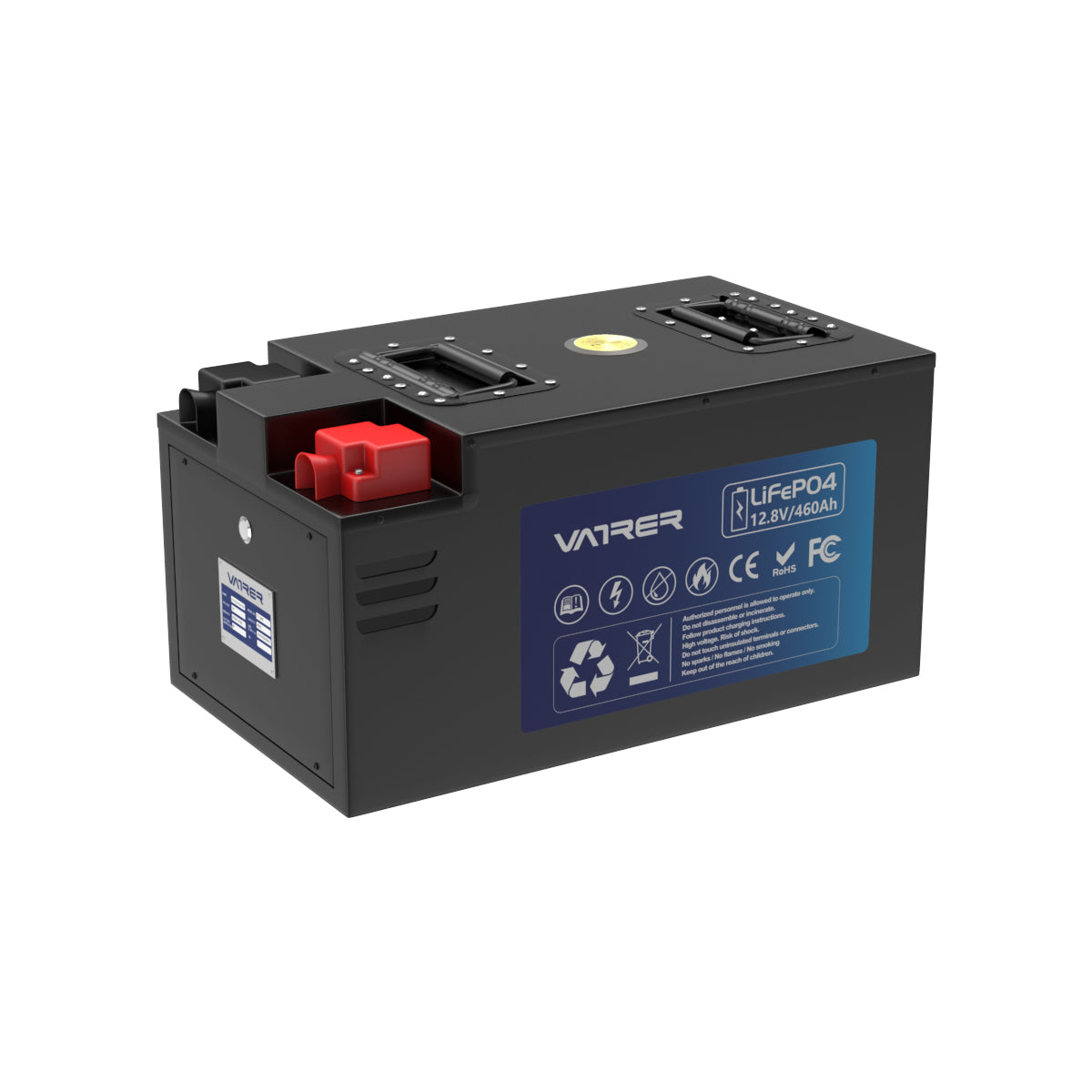


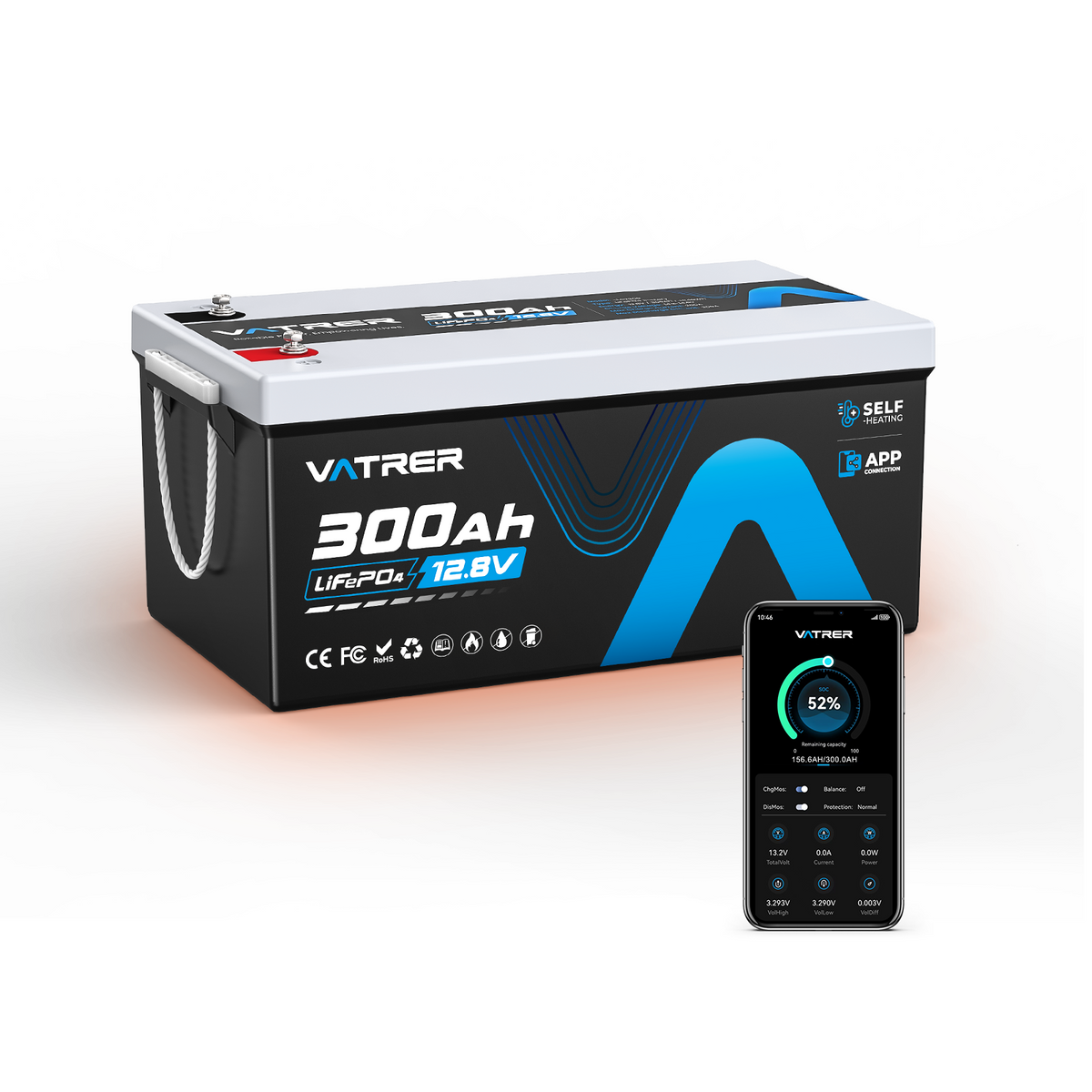




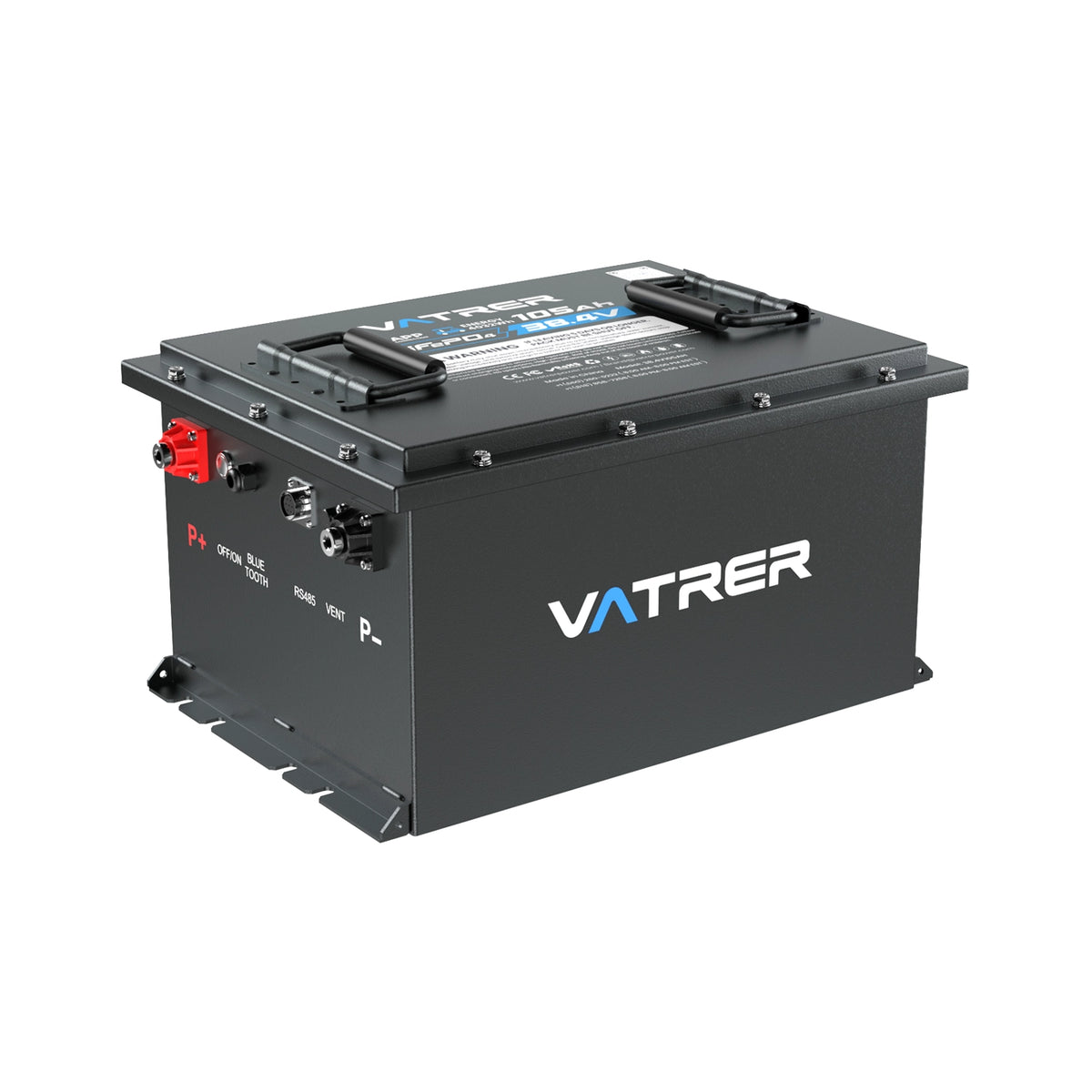
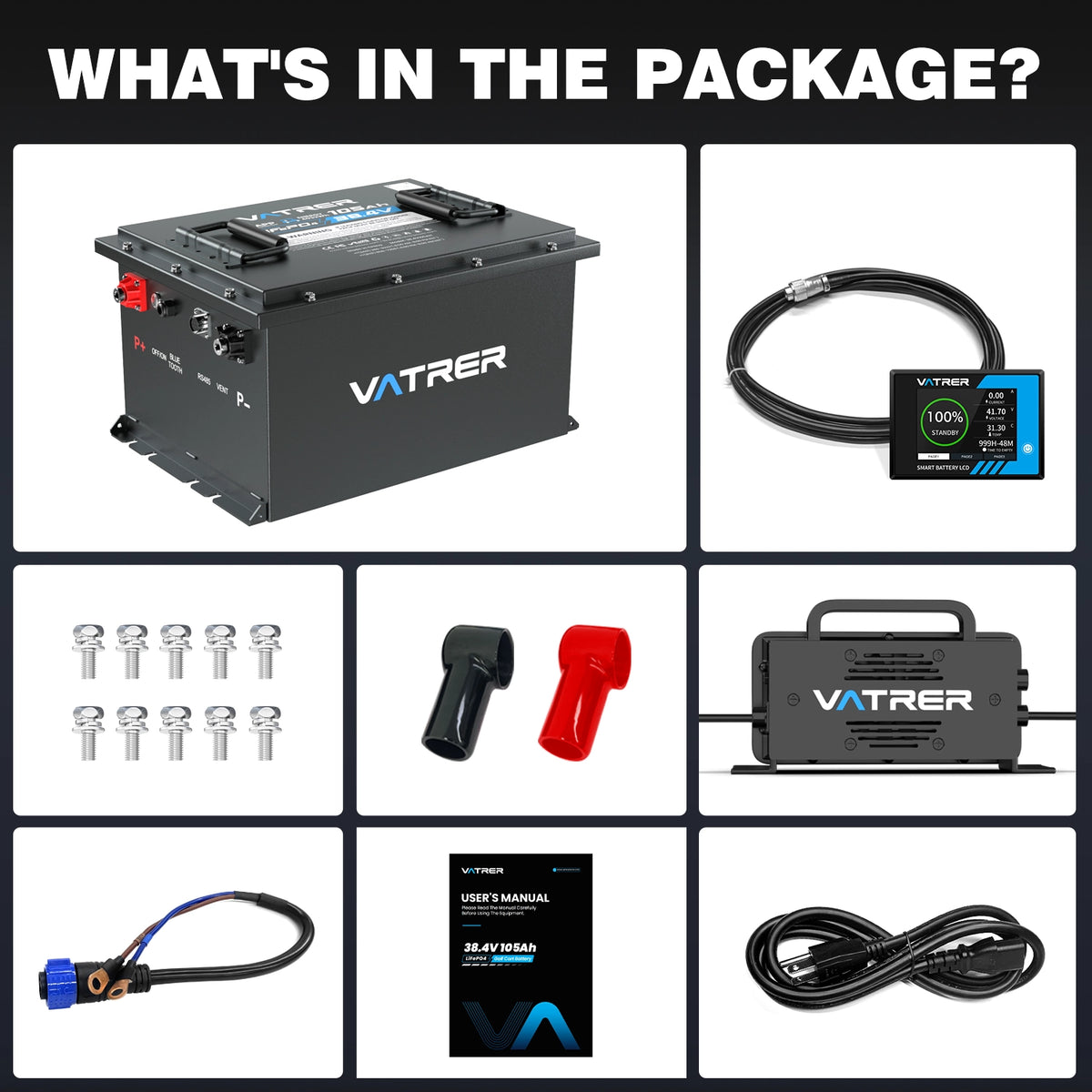
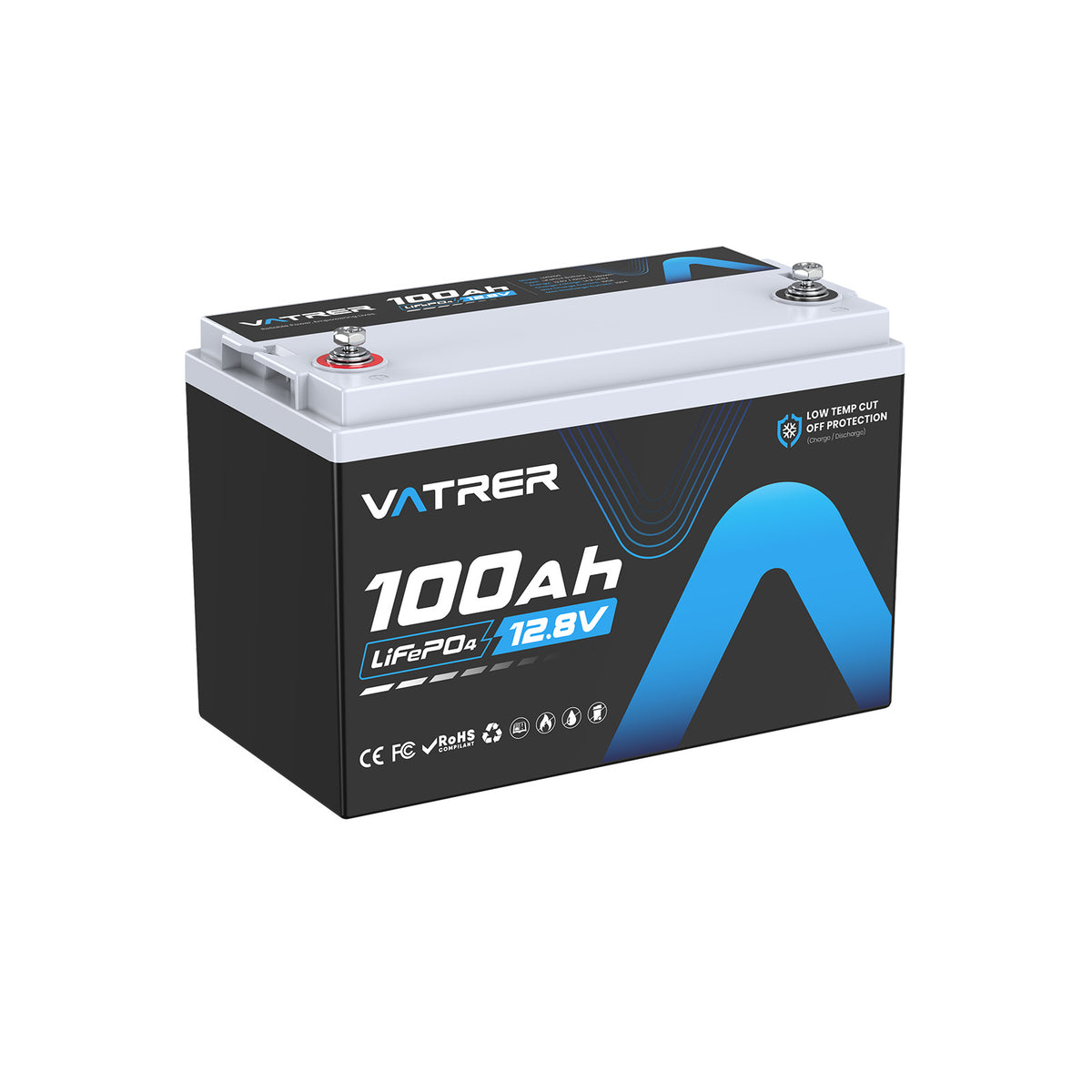



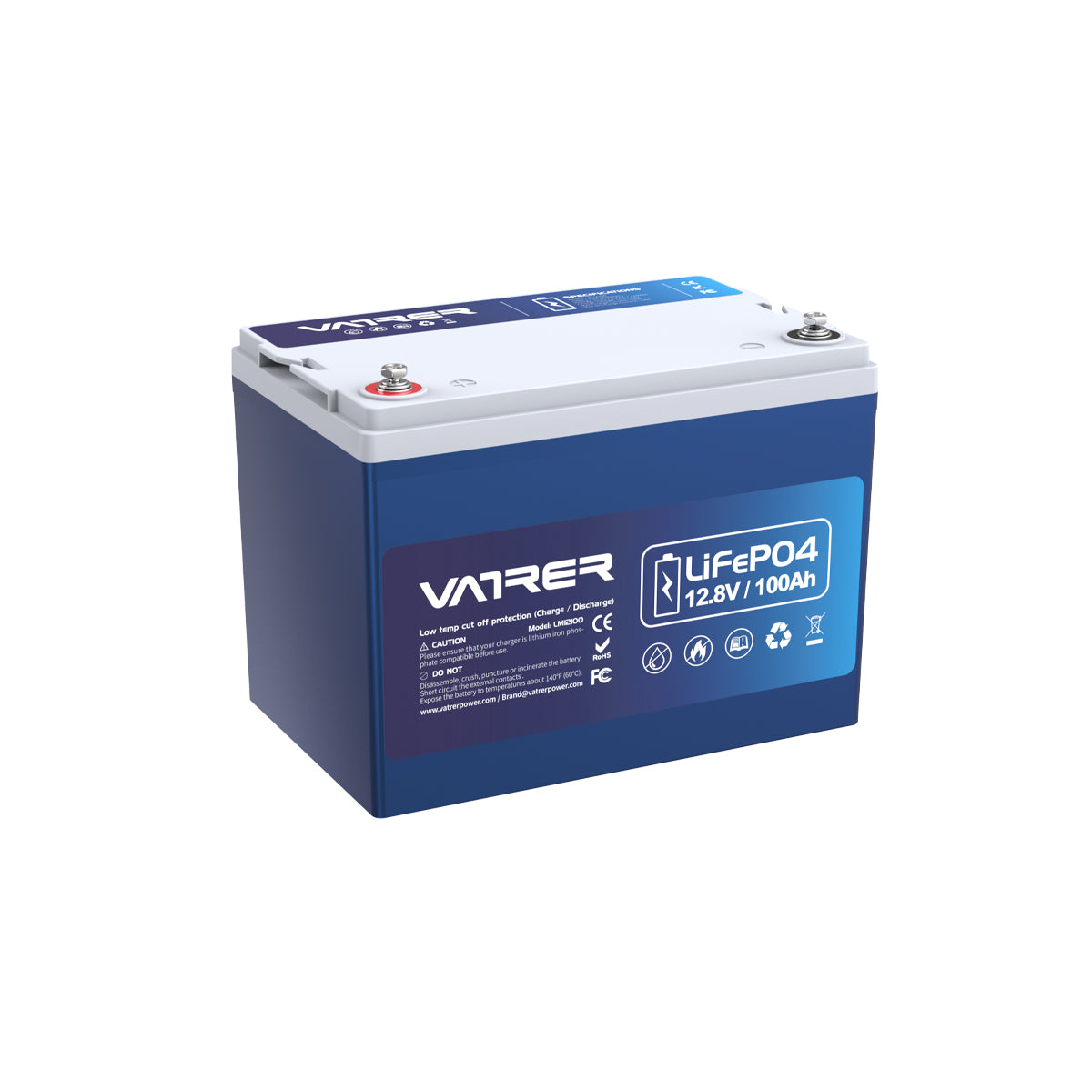

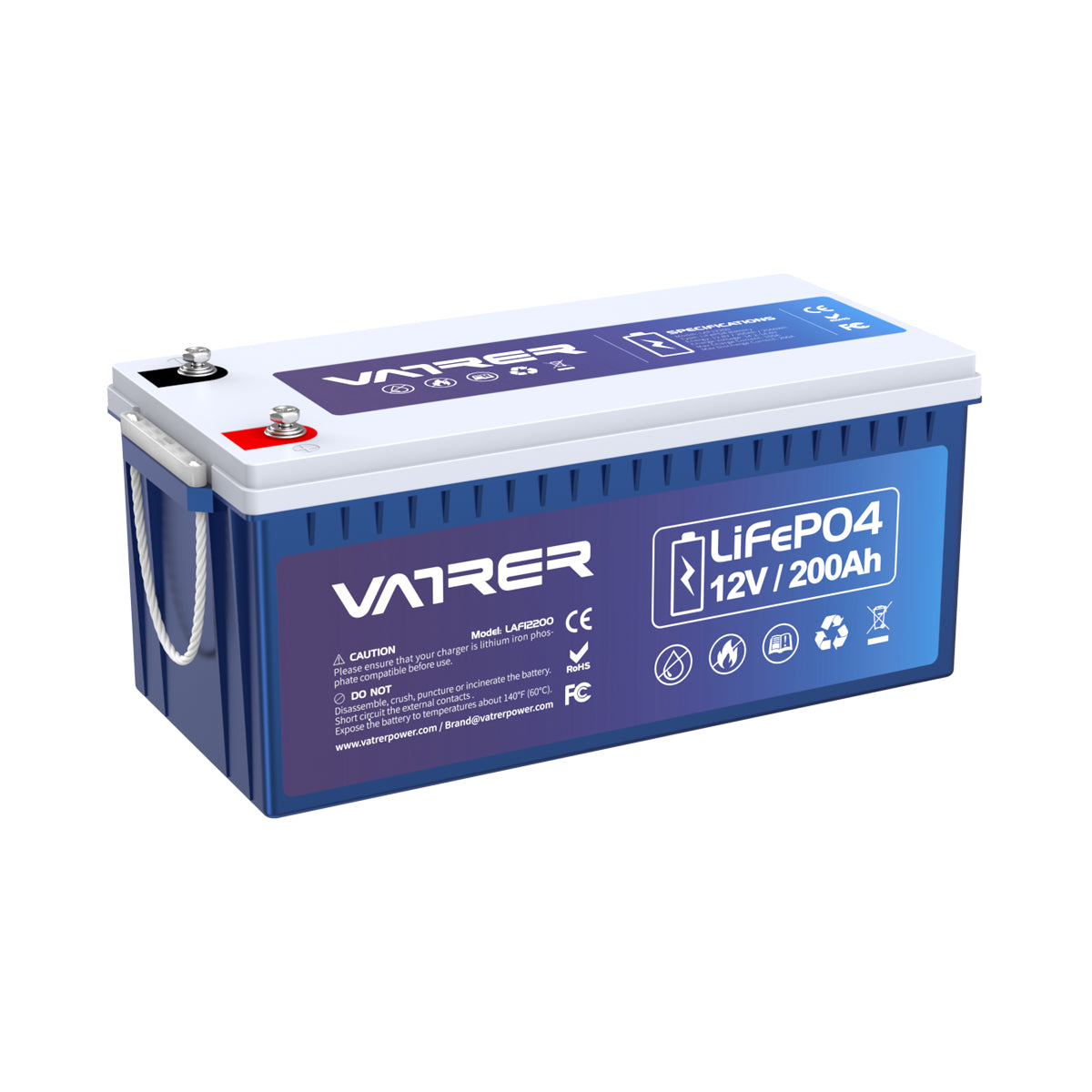
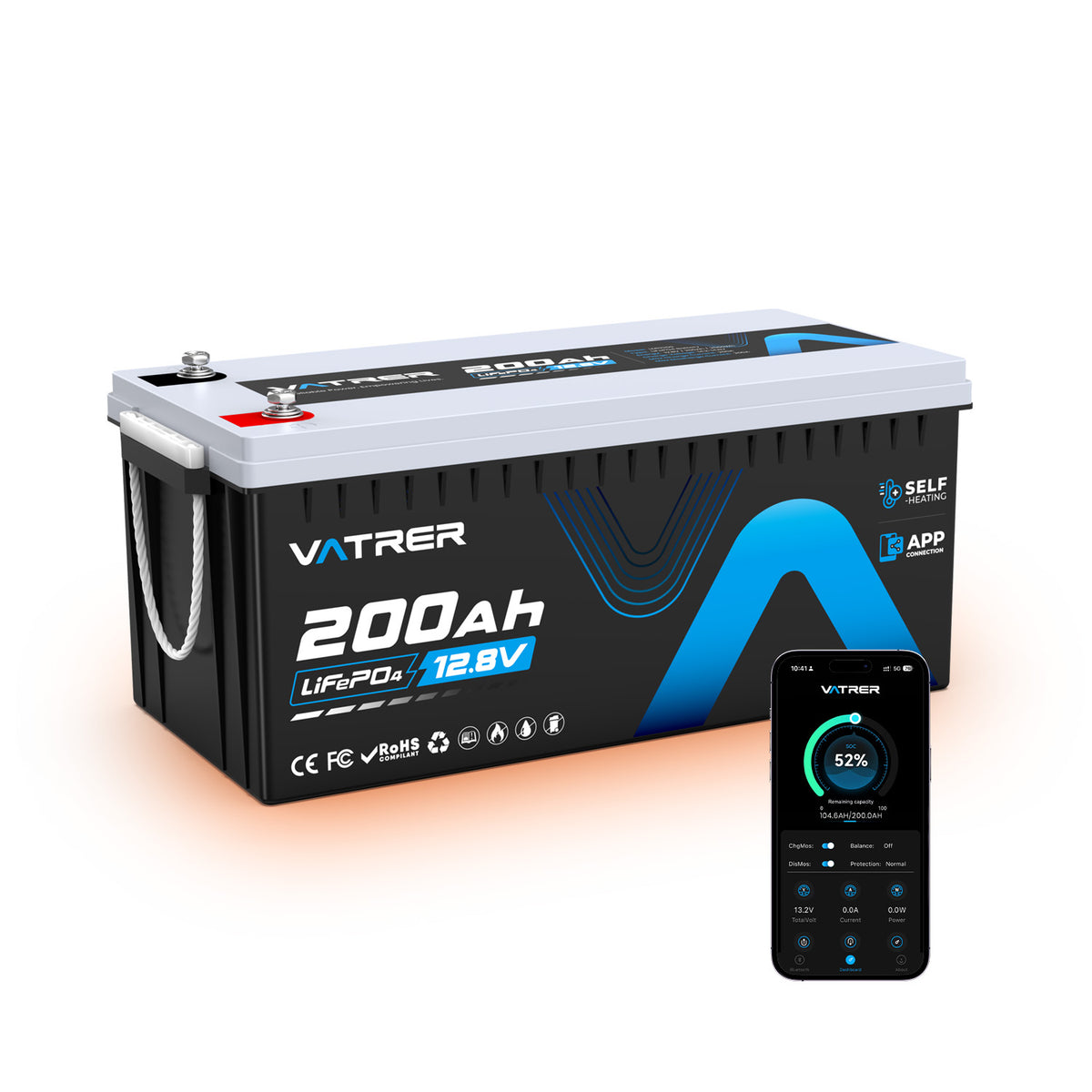
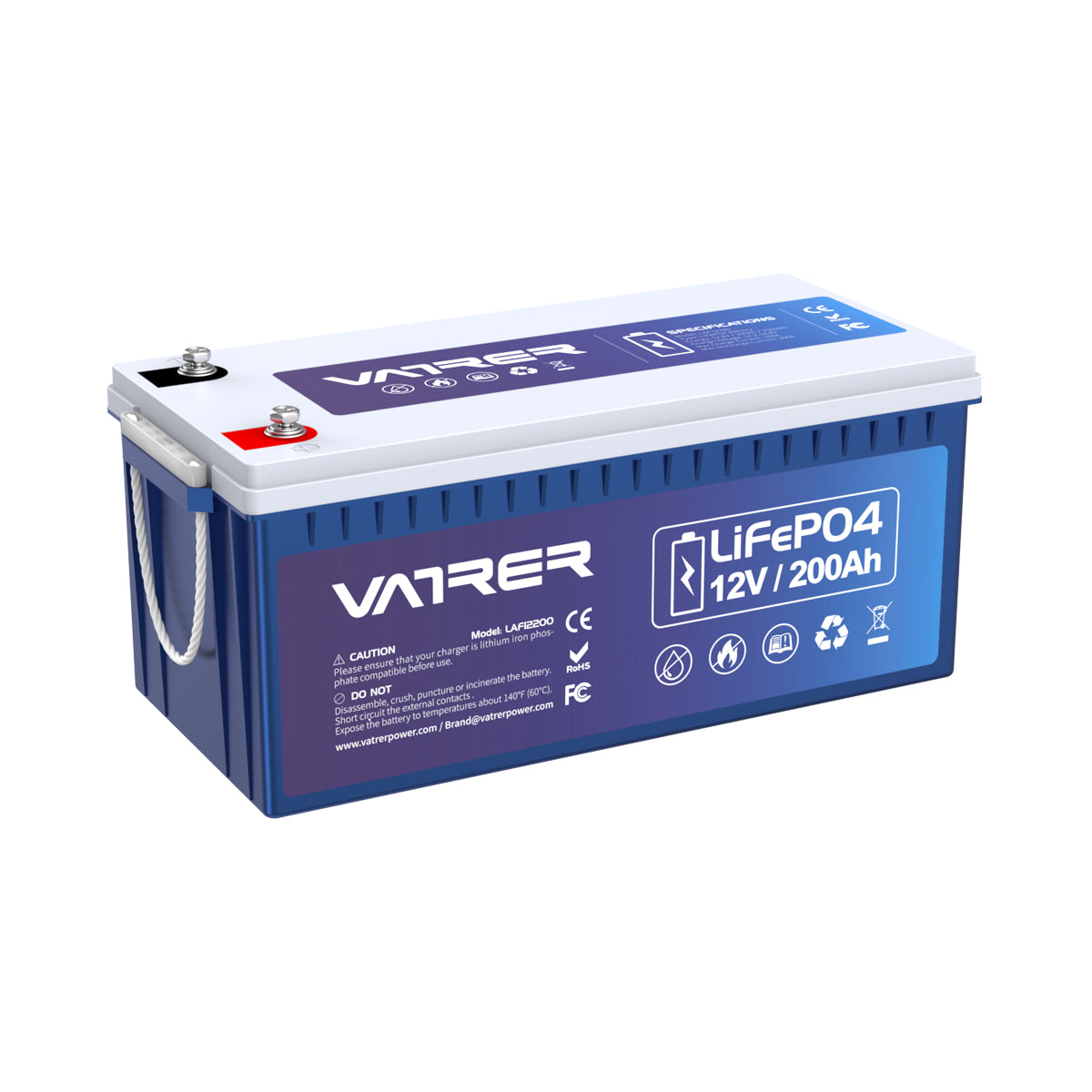

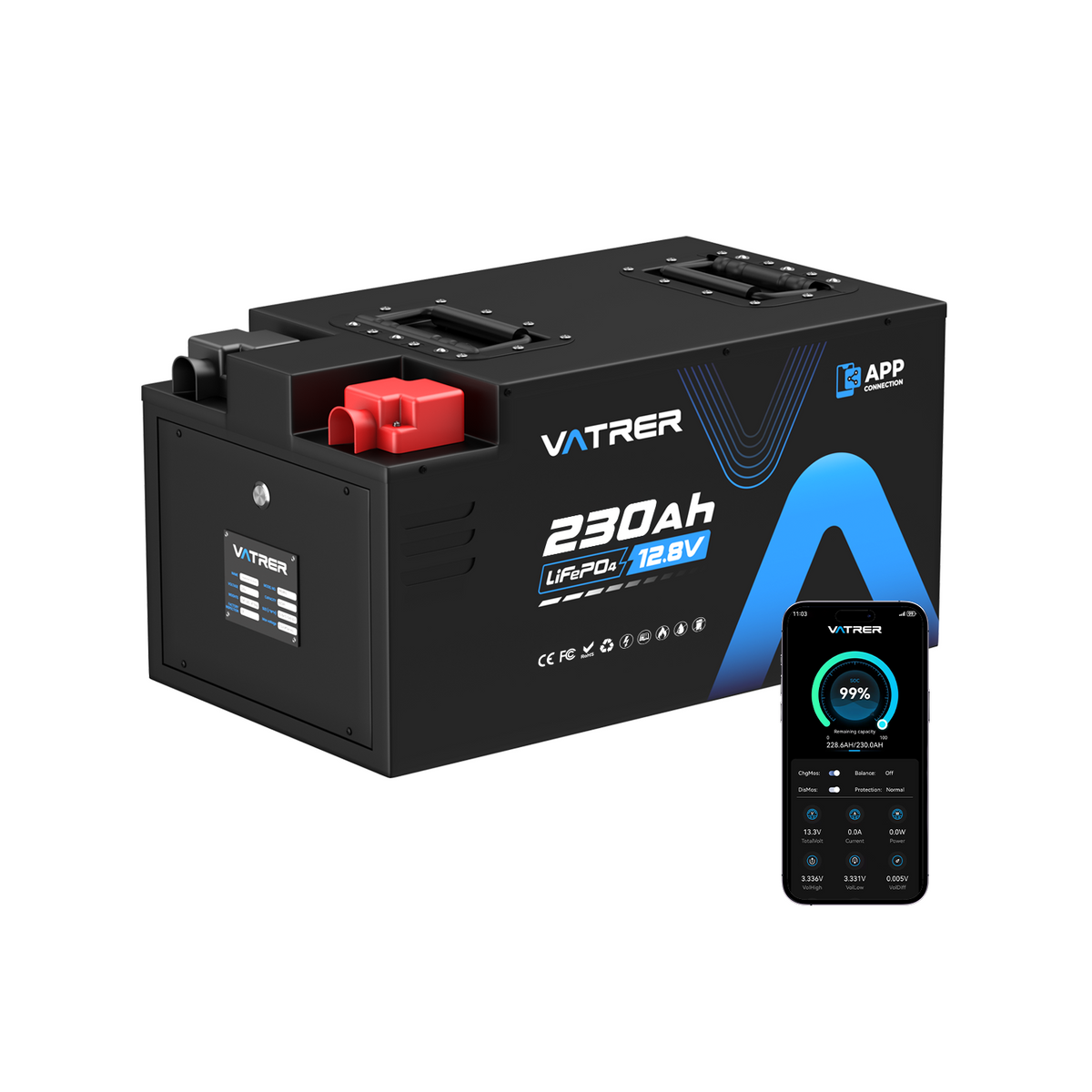

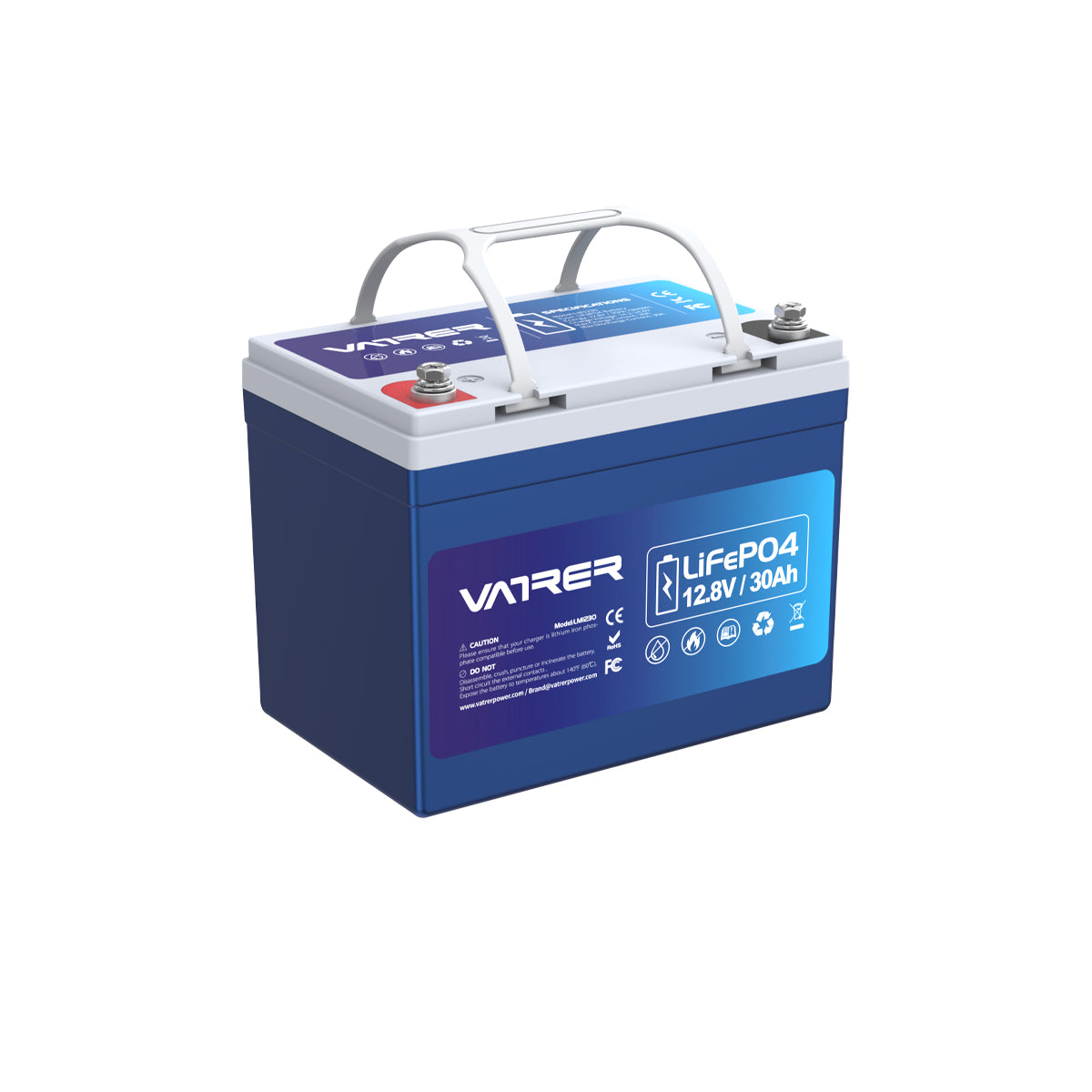
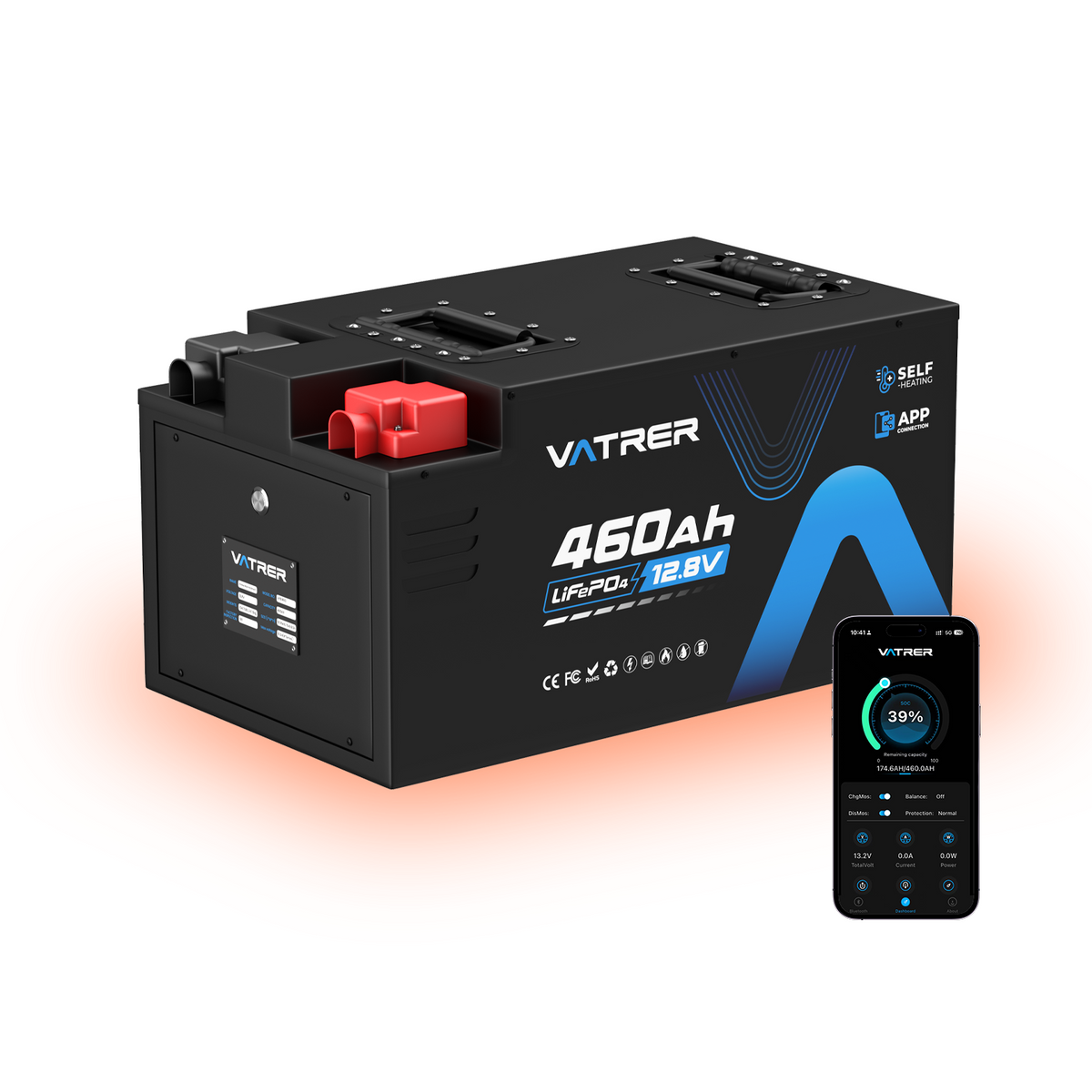
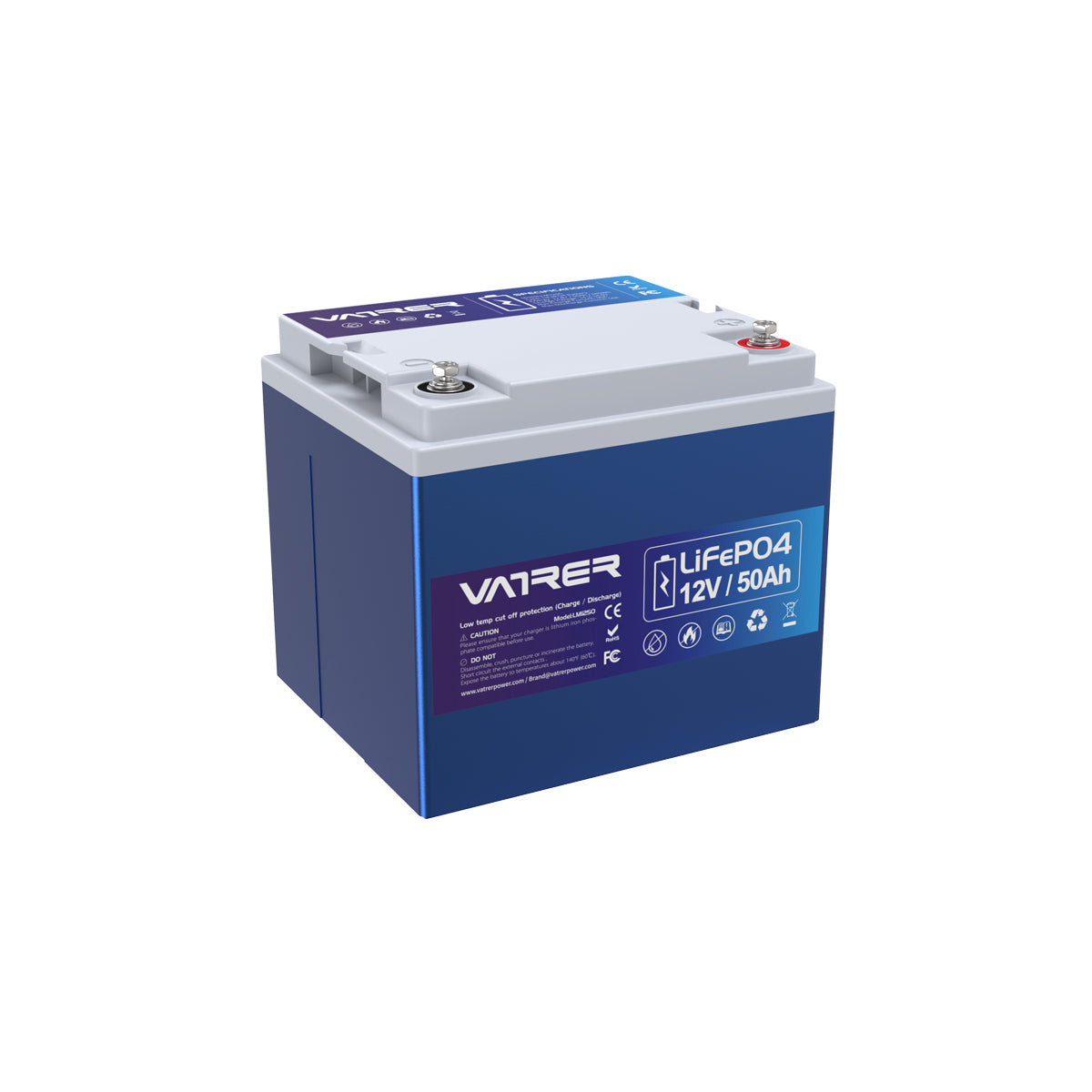

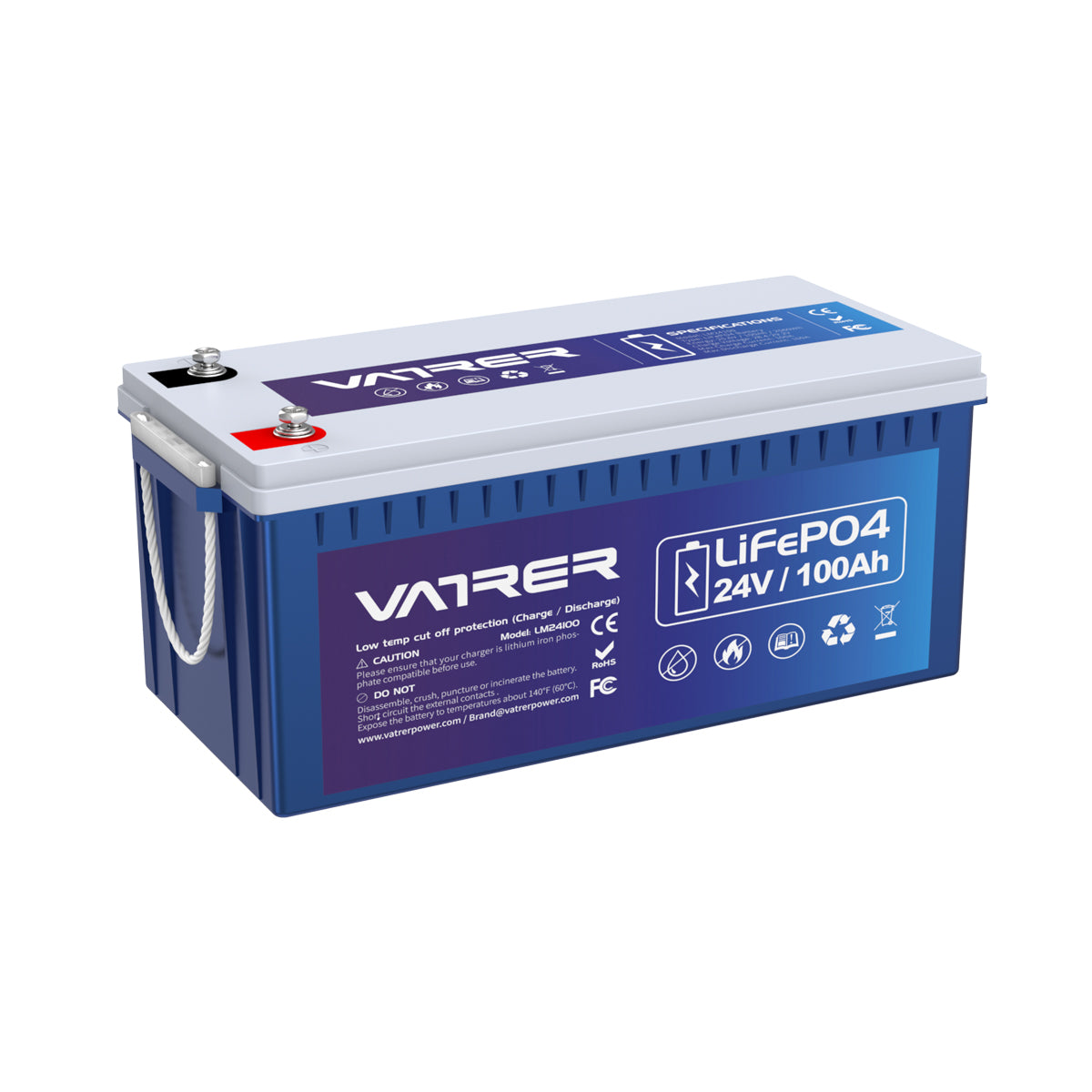




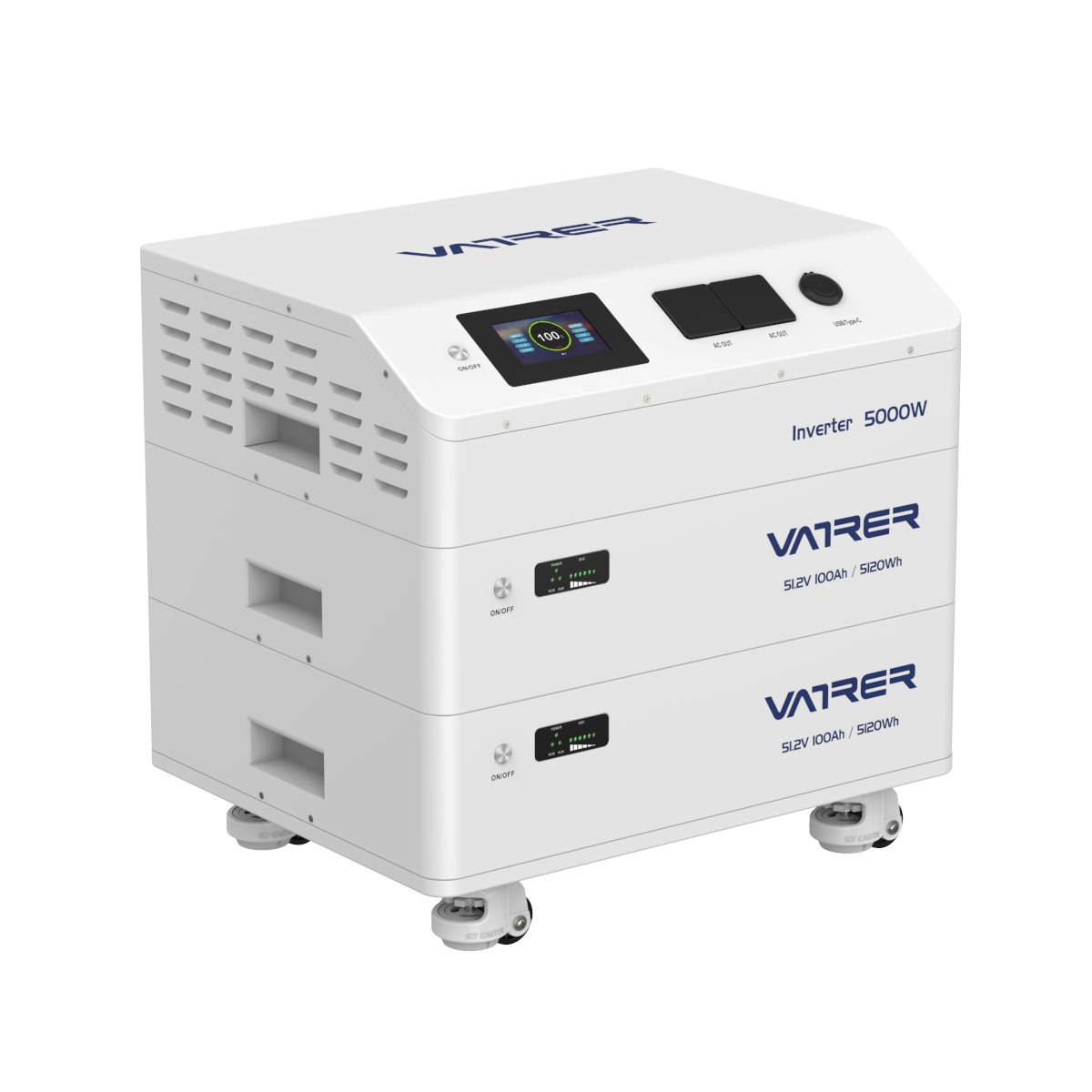

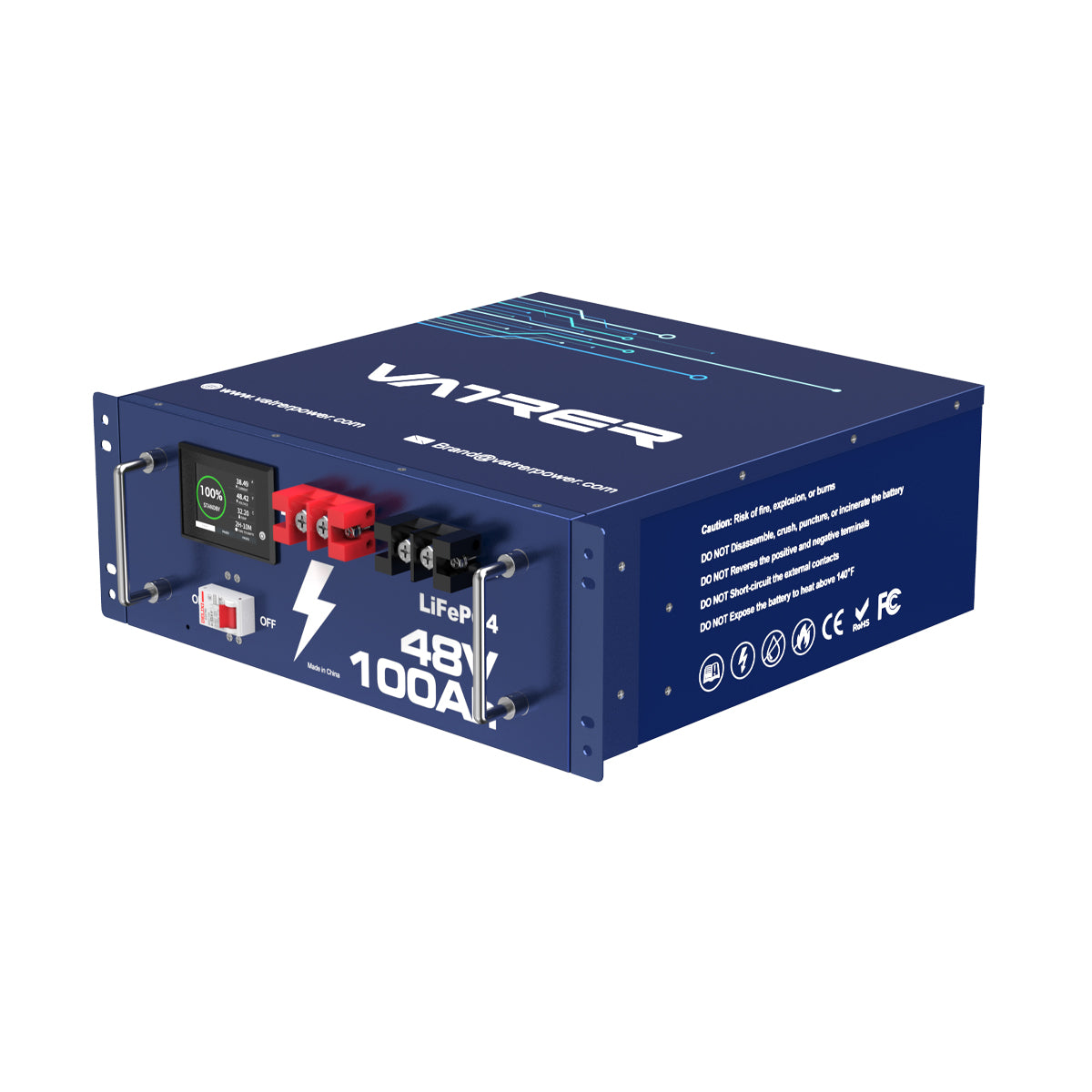

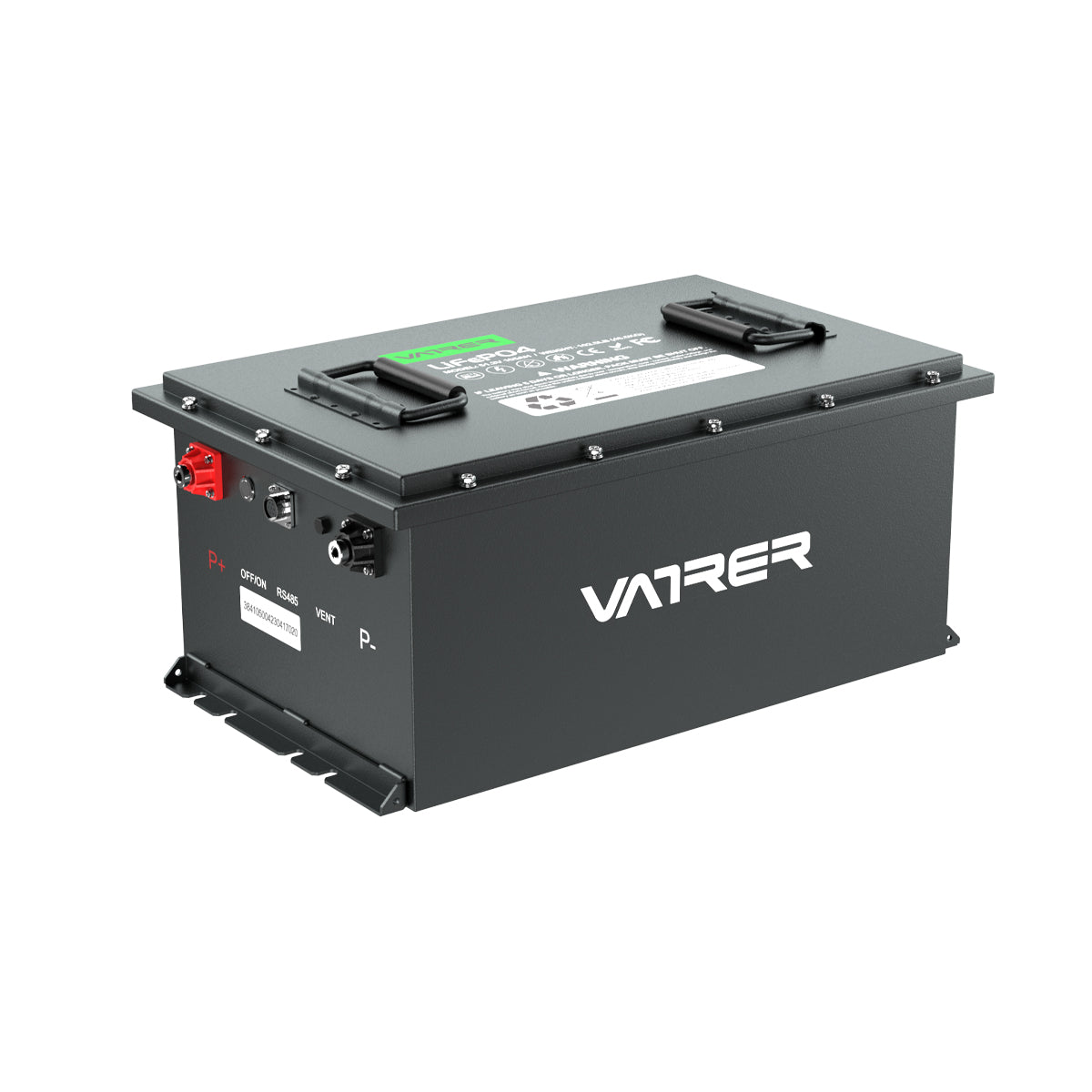






1 comment
Greg
LCD screen displays Connect err. What is that?
Just installed battery. Thank you
LCD screen displays Connect err. What is that?
Just installed battery. Thank you